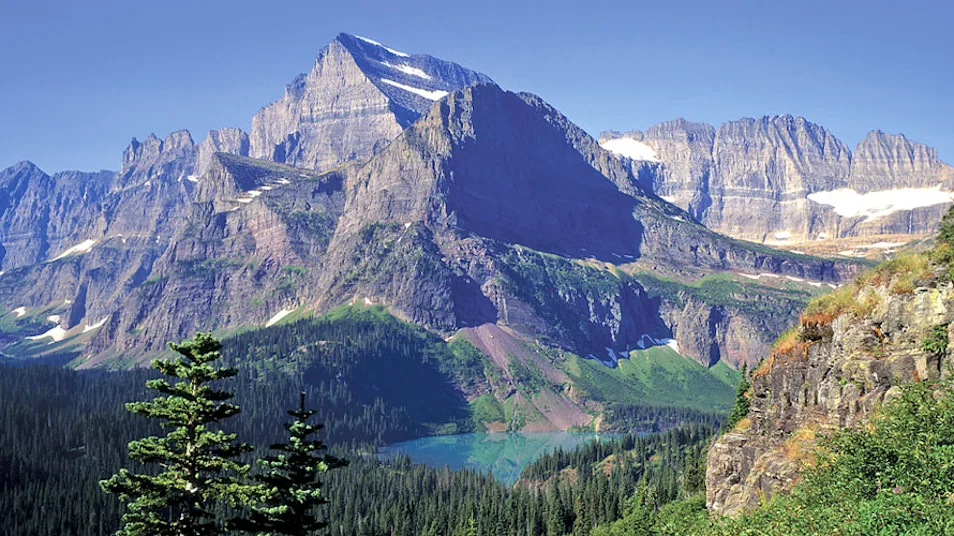
Know Before You Go


Hoary Marmot Facts | Canadian Rockies Wildlife Guide
The hoary marmot (Marmota caligata) is the largest member of the squirrel family (Sciuridae) in North America. Other popular names include: ‘the whistler’ and ‘whistle pigs’—alluding to their high-pitched warning calls that alert other members of the colony to impending danger. The mammals are also recognized by their white patch of fur between their eyes and dark brown to black feet, granting them their Latin title, caligata, meaning ‘booted’. Their silvery-gray and reddish-brown pelage helps them camouflage against the lichen-covered rocks and rusty-brown soil of their northwestern environment.
The hoary marmot marks its territory by rubbing its face and glands on rocks and along trails. To defend their space, males will chase or wrestle for hours, standing on their hind legs, putting their front paws together and pushing at each other. However, when there is a surplus of food, they opt to live communally in colonies comprising a dominant male, a few subordinate males and a few breeding females and their young.
The hoary marmot is a diurnal herbivore and feeds on grasses, flowering plants, berries, roots, mosses and lichen. In places where water is scarce, hoary marmots resort to eating snow and sipping morning dew. Marmots reach their maximum weight in late summer, when they accumulate thick layers of fat that will sustain them through winter torpor—during which all bodily functions are reduced. Hoary marmots hibernate alone in the same burrows in which they spent the summer—in talus slopes, boulder fields and rock outcrops. Most dens have a main entrance with a mound of dirt near the hole and a series of concealed entrances, which are often lined with grass and large rocks to prevent curious predators like wolves, foxes, bears and coyotes from digging them out. To protect themselves from the cold, hoary marmots plug the tunnel leading to the nest chamber with a mixture of dirt, vegetation and feces. Scientists fear that marmot populations may begin to decline due to climate and land cover changes, such as melting snowpack, which can diminish their burrow insulation and cause them to freeze.
See Hoary Marmots on These Northern Adventures

Glacier & Waterton: An International Treasure
Sheer-walled peaks, icy lakes, alpine valleys, summer wildflowers and magnificent wildlife! Discover all the wonders on both sides of the border with naturalist guides who know this land intimately.































